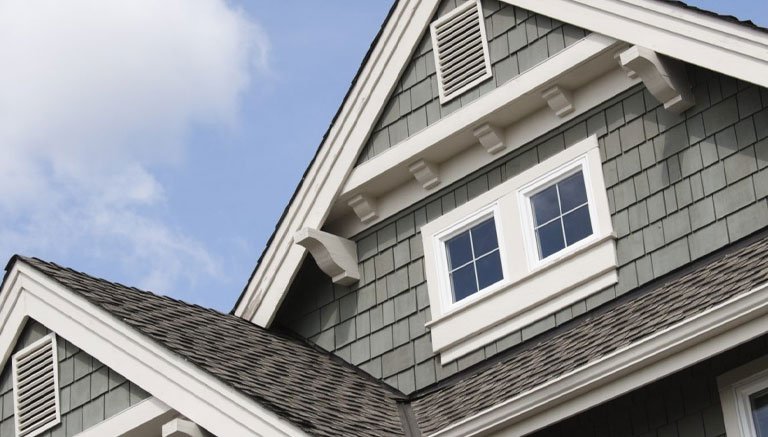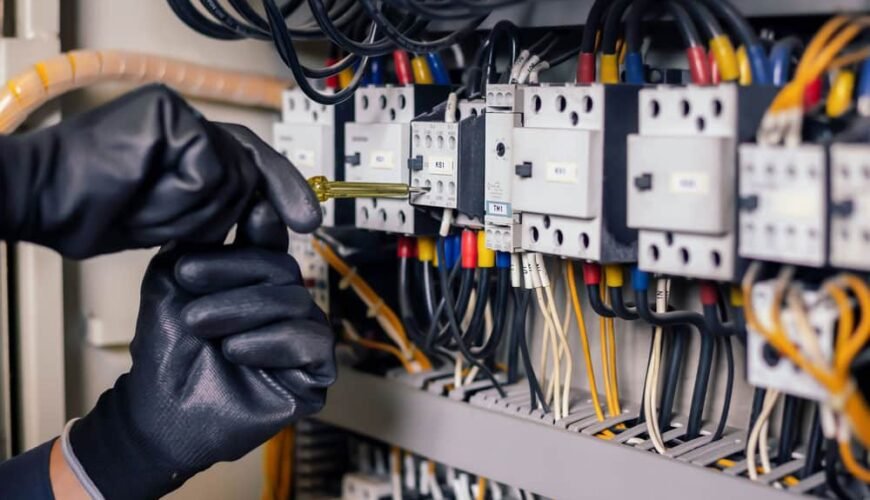When upgrading an existing roof or installing a new one on your house, it’s essential to pick the best roofing ventilation that matches your style. Roof vents help maintain the overall ventilation of a house and improve your home’s structural integrity.
After spending a lot of money building your dream house, you want a roof vent that will lower your energy bills and extend your roof’s lifespan. But since there are many types of roof vents, choosing the best roof ventilation that suits your house can be very tricky.
In this roofing guide, we look at the different roof vents, including their pros and cons. You’ll also learn all the factors to consider when installing a roof vent in Lubbock.
Why You Should Install the Best Roofing Ventilation on Your Roof
During hot afternoons in the summer, your attic space can get hot if poorly ventilated. As a result, it may affect the ambient temperature in your home, even when it is well-insulated. Your air conditioner will strain to cool the house, increasing the energy bills.
Roof vents help cool the house by allowing the air that has entered the attic space through the soffits to leave through the rooftop. All the moisture and condensation in the attic space leave the house before causing structural damages or insulation issues.
In a nutshell, here are the benefits of installing a roof vent on your roof.
- It helps to keep your house cooler in summer by cooling the attic space
- Prolongs the life of your roof and the items in the attic space
- Allows systems running on the ductwork to cool more efficiently
- It helps to keep the attic space dry during the winter
To maximize the benefits above, you need to hire a professional roofer to help you install the vent systems. Visit this site to find a reliable roofing contractor in Lubbock.
What Happens When You Fail to Install the Best Roof Vent?
If your attic space is not ventilated properly, warm air may accumulate and warm your roof’s underside, resulting in thawing and re-freezing. An ice dam may form on the roof and tear off the gutters, shingles, and soffits in some cases.
Here are the other effects of poor roof ventilation.
- Extra moisture in your attic space in the form of warm air
- Overworked HVAC systems which work harder to cool the house
- Poor indoor air quality in the summer due to dead air in the attic space
Two Categories of Roof Ventilation Systems
There are several types of roof vent systems with different designs, but they all have the same purpose. However, your choice of roof vent will influence the appearance of your home’s exterior. All the roof vents fall into two categories: active and passive roof vents.

-
Active (Powered) Roof Vents
Active vents create a drawing effect to pull cool air through the intake vents and then push it back outside through the exhaust vents. They use motorized fans or turbines to facilitate airflow. An excellent example of active vents is the solar-powered vent.
-
Passive Roof Vents
Passive roof vents are a popular choice of ventilation system in many residential and commercial properties. A plausible explanation is that they don’t need turbines and motorized fans. The vents rely on passive airflow to ventilate the roof’s attic space.
Types of Roof Vents
Here are the common types of roof vents you’ll find on the market
1. Ridge Vents
Ridge vents are uniquely designed to run across the length of your roof peak. They use a smart system that only allows air to flow while preventing bugs and other materials from entering. Their design allows them to distribute the air in the attic evenly.
One good thing about ridge vents is that they are beautiful and have no bad impact on your roof’s aesthetics. Unfortunately, they are costly and takes more time to install.
2. Turbine Vents
The roof turbine vents feature large rotating blades that help to circulate large volumes of air in the attic space. The vent works best in windy regions to speed up its rotation. Consider using aluminum turbine vents with lubricated ball bearings for efficiency.
Despite the openings on turbine vents, they are designed to prevent snow, rain, and bugs from entering. They are relatively affordable compared to other vent systems.
3. Solar-Powered Vents
These vents have solar panels mounted on them to power them up and facilitate airflow. Consider investing in these vents when you live in an area that receives a lot of sunlight. Notably, solar-powered vents come in many styles to match every homeowner’s needs.
Solar-powered vents help to remove mass volumes of air from the attic space to cool your house. Unfortunately, their efficiency will get compromised when there’s no light.

4. Box Vents
Box vents are small, box-shaped roof vents that are usually set in holes cut on the roof. In most cases, the box vents are used along with soffit ventilation for optimal cooling. The good news is, they don’t use electricity and work more efficiently with open attics.
You can install as many box vents as possible on your roof, depending on the size of your roof. They are one of the cheapest roof vents because they have no moving parts.
5. Soffit Vents
Soffit vents are the most popular intake venting systems because they are very effective in the air intake. Unlike other roof vents, soffit vents can’t get installed on the roof surface. You have to install them directly on the roof’s eaves beneath the roofline.
Soffit vents can help to improve air circulation and ventilation in the attic by allowing the outside air to flow into the attic space. They are often made of vinyl or aluminum.
Final Words
Choosing the best roofing ventilation for your property can help you save a significant amount of money on cooling during winter. With many roof vents available, you need to choose a ventilation system that matches your home’s architecture. Also, consider factors like local climate and roofing design to help you choose wisely.




